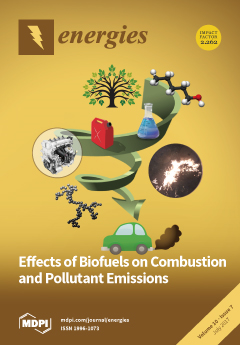Open AccessArticle
An Improved Ångström-Type Model for Estimating Solar Radiation over the Tibetan Plateau
by
Jiandong Liu 1,2, Tao Pan 3,4,*, Deliang Chen 2, Xiuji Zhou 1, Qiang Yu 5, Gerald N. Flerchinger 6, De Li Liu 7, Xintong Zou 3,8, Hans W. Linderholm 2, Jun Du 9, Dingrong Wu 1 and Yanbo Shen 10
1
State Key Laboratory of Severe Weather, Chinese Academy of Meteorological Sciences, Beijing 100081, China
2
Regional Climate Group, Department of Earth Sciences, University of Gothenburg, SE-405 30 Gothenburg, Sweden
3
Key Laboratory of Land Surface Pattern and Simulation, Institute of Geographic Sciences and Natural Resources Research, Chinese Academy of Sciences, Beijing 100101, China
4
Center for System Integration and Sustainability, Michigan State University, East Lansing, MI 48823, USA
5
Plant Functional and Climate Change Cluster, University of Technology, Sydney 2007, Australia
6
USDA-ARS, Northwest Watershed Research Center, Boise, ID 83712, USA
7
NSW Department of Primary Industries, Wagga Wagga Agricultural Institute, PMB, Wagga Wagga, NSW 2650, Australia
8
University of Chinese Academy of Sciences, Beijing 100049, China
9
Climate Center, Tibet Autonomous Meteorological Administration, Lhasa 850000, China
10
Centre for Solar and Wind Energy Research, China Meteorological Administration, Beijing 100081, China
Cited by 17 | Viewed by 4914
Abstract
For estimating the annual mean of daily solar irradiation in plateau mountainous regions, observed data from 15 radiation stations were used to validate different empirical estimation methods over the Tibetan Plateau. Calibration indicates that sunshine-based site-dependent models perform better than temperature-based ones. Then,
[...] Read more.
For estimating the annual mean of daily solar irradiation in plateau mountainous regions, observed data from 15 radiation stations were used to validate different empirical estimation methods over the Tibetan Plateau. Calibration indicates that sunshine-based site-dependent models perform better than temperature-based ones. Then, the highly rated sunshine-based Ångström model and temperature-based Bristow model were selected for regional application. The geographical models perform much better than the average models, but still not ideally. To achieve better performance, the Ångström-type model was improved using altitude and water vapor pressure as the leading factors. The improved model can accurately predict the coefficients at all the stations, and performs the best among all models with an average
Nash-Sutcliffe Efficiency value of 0.856. Spatial distribution of the annual mean of daily solar irradiation was then estimated with the improved model. It is indicated that there is an increasing trend of radiation from east to west, with a great center of the annual mean of daily solar irradiation on southwest Tibetan Plateau ranging from 20 to 24 MJ·m
−2. The improved model should be further validated against observations before its applications in other plateau mountainous regions.
Full article
►▼
Show Figures





